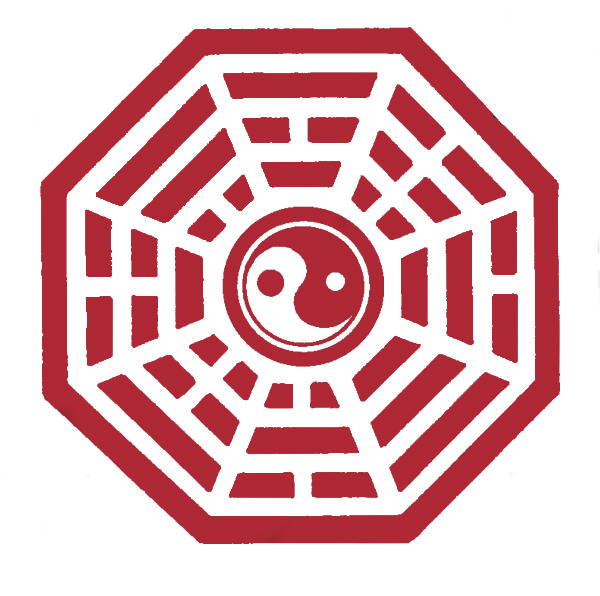

The history of acupuncture dates back to the first millennium B.C. in China. Acupuncture treatment is now increasingly used throughout the world for complaints that conventional medicine cannot help effectively. It can also treat naturally a variety of more common ailments such as hay-fever, motion sickness, coughs and unexplained headaches. It is holistic in approach; drug free, and generally has no side effects and thus provides a positive alternative form of therapy.
Combining traditional Chinese medical experience with 20th Century scientific techniques, modern acupuncture has developed into a comprehensive healing system, compromising not only of traditional Chinese medicine but also electro-acupuncture, auricular acupuncture and TENS (Transcutaneous Electrical Nerve Stimulation) for pain relief. Acupuncture usually involves the use of very fine needles but not always.
According to traditional Chinese philosophy, our health is dependent on the body’s motivating energy, known as Qi (Ki), moving in a smooth and balanced way through a series of channels beneath the skin. Qi consists of equal and opposite qualities, Yin and Yang. When these become unbalanced, illness may result. By inserting fine needles into the channels of energy, an acupuncturist can stimulate the body’s own healing response and help restore its natural balance. The flow of Qi can be disturbed by a number of factors including emotional states such as anxiety, stress, anger, fear or grief. Other factors include poor nutrition, weather conditions, hereditary factors, infections, poisons and trauma.
The principal aim of acupuncture in treating the whole person is to recover the equilibrium between the physical, emotional and spiritual aspects of the individual.
Combining traditional Chinese medical experience with 20th Century scientific techniques, modern acupuncture has developed into a comprehensive healing system, compromising not only of traditional Chinese medicine but also electro-acupuncture, auricular acupuncture and TENS (Transcutaneous Electrical Nerve Stimulation) for pain relief. Acupuncture usually involves the use of very fine needles but not always.
According to traditional Chinese philosophy, our health is dependent on the body’s motivating energy, known as Qi (Ki), moving in a smooth and balanced way through a series of channels beneath the skin. Qi consists of equal and opposite qualities, Yin and Yang. When these become unbalanced, illness may result. By inserting fine needles into the channels of energy, an acupuncturist can stimulate the body’s own healing response and help restore its natural balance. The flow of Qi can be disturbed by a number of factors including emotional states such as anxiety, stress, anger, fear or grief. Other factors include poor nutrition, weather conditions, hereditary factors, infections, poisons and trauma.
The principal aim of acupuncture in treating the whole person is to recover the equilibrium between the physical, emotional and spiritual aspects of the individual.

